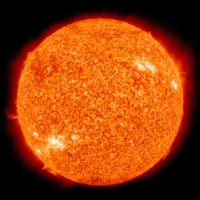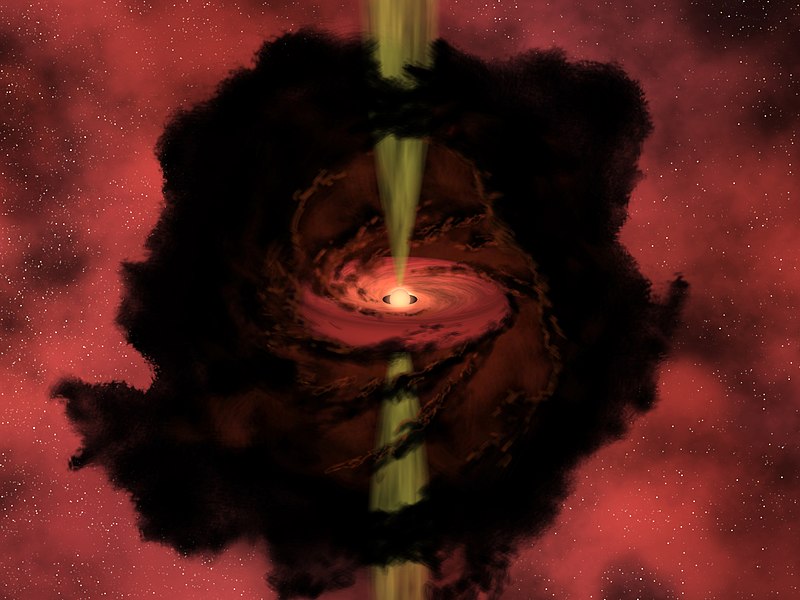Stars are the most widely recognized astronomical object. Though we have been looking at them for thousands of years, there is still much to learn. Astronomers want to know how they form, why some are larger than others, why some exist in pairs and others stay single, why some have one planet and others, like ours, have a group of planets. Stars are also the building blocks of galaxies and planets. As Carl Sagan famously said, “We are made of star stuff”.
The James Webb Space Telescope will reveal the properties of forming stars and planets with unprecedented details. In the fourth presentation in the James Webb Experience, Elena Sabbi, a scientist from the Space Telescope Science Institute (STScI) will discuss how astronomers will use the James Webb Space Telescope data to understand how and where stars and planets form, how the environment affects the formation and evolution of stars, and the ability of planets to support the development of life.
Elena Sabbi studies star formation and stellar evolution in the young massive clusters of the Milky Way and nearby galaxies. She is interested in how local and global conditions shape the early evolution of stars and clusters, primordial binaries’ properties, and the initial mass function. Sabbi is the PI of several HST programs, including the Hubble Tarantula Treasury Project (HTTP) and GULP: Galaxy Legacy UV Project. At STScI, she leads the Near-Infrared Spectrograph (NIRSpec) Branch, the team responsible to characterizing and maintaining the multi-object spectrograph of the James Webb Space Telescope. This instrument will allow astronomers to determine physical properties such as temperature, chemical composition, and distance for hundreds of stars, planets and galaxies at a time.

NATURAL HISTORY SOCIETY OF MARYLAND (NHSM) has joined almost 500 sites across the country to celebrate the launch of the James Webb Space Telescope, NASA’s next great space science observatory. NHSM will offer a range of public programs beginning October 28 and running through December to bring the excitement of STEAM (science, technology, engineering, arts, and math) to anyone whose favorite words are why, how, and what.
Webb is the largest and most complex space science telescope ever built – the premier observatory of the next decade. This international mission, led by NASA in partnership with the European and Canadian space agencies, will launch in December 2021.
The observatory will provide a new view of the cosmos and push the field of astronomy into a new era. The telescope will observe the universe in the infrared, peering inside dust clouds to study light from distant parts of the universe for the very first time – the first galaxies that formed about 13.5 billion years ago – and give us insight into how our universe formed. It will also explore distant worlds in other solar systems, as well as objects in our own solar system. Webb will extend the scientific discoveries of other NASA missions like the Hubble Space Telescope, Chandra X-ray Observatory, and Transiting Exoplanet Survey Satellite.

